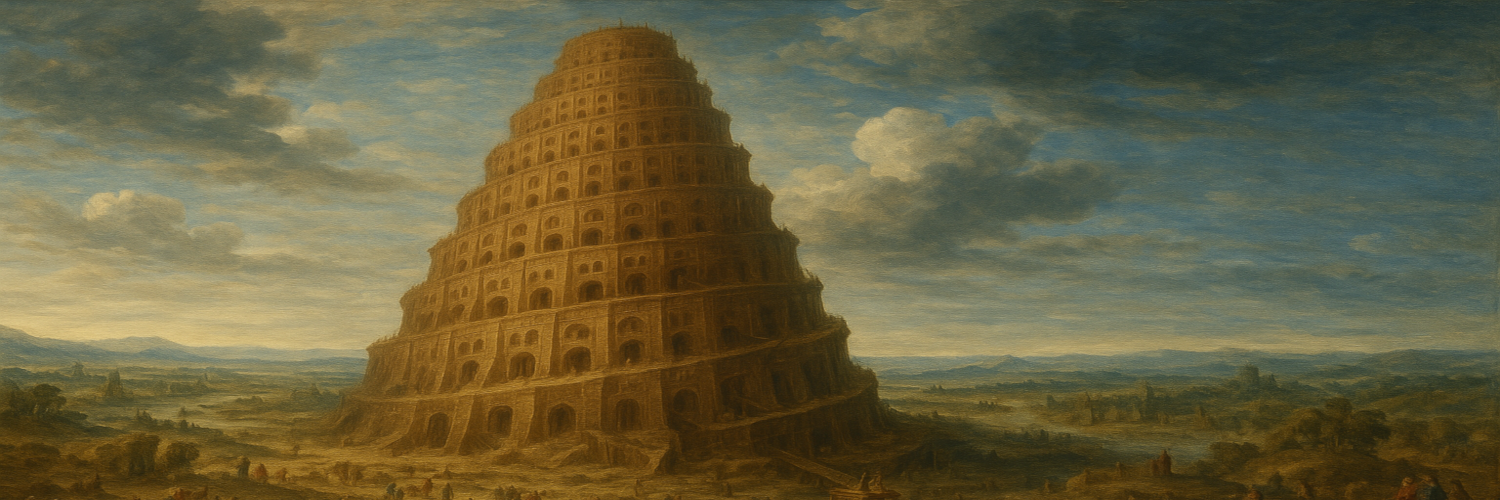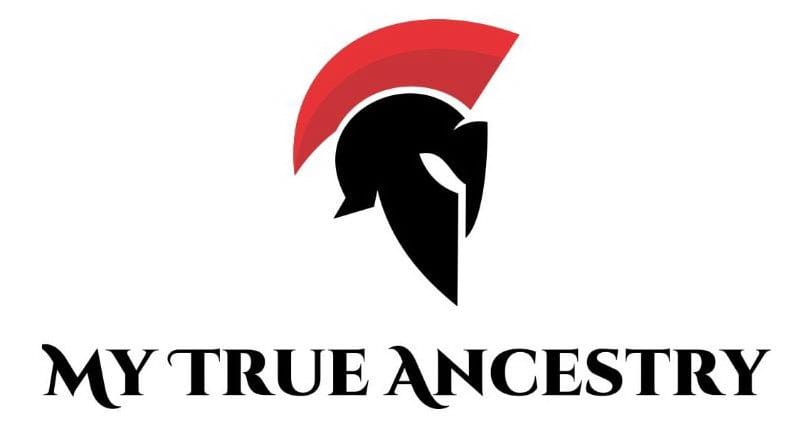The Genetic History of Portugal: A 5000-Year Journey Through Time




The exploration of ancient DNA in Portugal unveils a mesmerizing narrative extending over 5,000 years, offering a vivid tapestry of migration, interaction, and persistence among diverse populations. Researchers have embarked on an extraordinary journey through time, scrutinizing the genetic archives hidden within the bones of those who once walked the landscapes of this fascinating region, from Neolithic farmers to Roman merchants, Islamic invaders to Napoleonic soldiers. This comprehensive study of more than sixty ancient genomes reveals how centuries of trade, conquest, and cultural exchange have crafted a signature-rich tapestry of ancestry on the Iberian Peninsula.
At the edge of continental Eurasia, the Iberian Peninsula stands as a testament to the rich interception of ancestral pathways. Archaeological sites such as the Aroeira cave reveal the presence of ancient human inhabitants dating back 400,000 years. As a refugium during the Last Glacial Maximum, it sheltered humans who expanded post-glacially across Europe. The peninsula's unique position as a cultural and historical crossroads presents an intricate tale of human migration and genetic transformation, serving as both a destination and a launching point for countless generations of settlers, traders, and conquerors.
At the archaeological site of Cova das Lapas in central-western Portugal, remains of Neolithic era individuals were unearthed, revealing a story of close kinship and genetic ties stretching back millennia. Among the ten newly analyzed ancient genomes from this period, remarkable findings include the identification of first-degree relationships between male individuals, with two full brothers both carrying mtDNA haplogroup U8a1b. Their genetic heritage indicates a blend of local hunter-gatherer traditions and influences from Anatolian farmers, showcasing early instances of cultural blending and exchange.
This genetic mix, characterized by the persistence of Upper Paleolithic Magdalenian ancestry, underlines the Iberian Peninsula's historical role as a refuge during Europe's colder epochs. The admixture resulted in a mixed genetic profile approximately two-thirds Anatolian and one-third Iberian hunter-gatherer, illustrating the spread of farming practices and cultural traits across continents. Excavations have uncovered intriguing grave goods that paint a picture of patrilocal social organization, with distinct burial practices reflecting the sophisticated social structures of these ancient communities.
The Chalcolithic period unravels further continuity, as individuals such as those found at Torre Velha carry forth genetic markers linking them to both local and incoming populations. The transition from the Neolithic to the Chalcolithic period retained significant continuity in Portugal's demographic landscape, while advanced metallurgical and social developments fostered unique regional cultures. Sites like Torre Velha and Cova das Lapas revealed continued hunter-gatherer influence alongside the emergence of sophisticated copper-working technologies.
The continuity of genetic markers through the Chalcolithic suggests enduring regional stability, yet this period also witnessed significant technological and metallurgical progress. Excavations have uncovered intriguing grave goods reflecting advanced metallurgical practices, including copper and gold artifacts, indicative of burgeoning social hierarchies and interregional connections through trade. Such artifacts underscore the sophistication of these early societies and their engagement in broader Mediterranean networks.
Moving into the Bronze Age, archaeological sites in southern Portugal, including Monte da Cabida, showcase genetic ties to the Eneolithic period while revealing new influences from distant lands. Noteworthy within this interval is the infiltration of Steppe ancestry and novel R1b Y-chromosome lineages, ensuring that Bronze Age communities were forever evolutionarily transformed. This period saw early evidence of Mediterranean exchanges that set the stage for rich cultural interactions during the later Iron Age.
The Bronze Age sparked significant changes, as genetic influences from the Pontic Steppe intermingled with indigenous Iberian ancestry, showcasing an intriguing tapestry of societal complexity. Yet these communities retained unique local traits, a testament to the Iberian Peninsula's regional diversity and the complex interweaving of cultures through trade and migration. While northern and northeastern Iberia exhibited strong cultural continuity, southern areas display notable changes in genetic composition, likely resulting from ongoing interactions between newly introduced ancestral influences and persistent local traditions.
The Roman period, personified by the remains unearthed at Idanha-a-Velha, exemplifies Portugal as a crossroads of the ancient world. Here, genetic evidence uncovers links to North Africa and the Eastern Mediterranean, reflecting extensive trading networks and population movement. These individuals, whose genetic makeup defies simplistic categorization, underscore the multilayered cultural and commercial activities of Roman Iberia.
As Rome extended its empire into Iberia, sites like Idanha-a-Velha emerged as centers of migration and diversity. Excavations have revealed artifacts of Mediterranean origin and inscriptions hinting at a vibrant cosmopolitan community with African and Eastern Mediterranean influences. The town's genetic profile mirrors its role as a bustling center for trade and culture. Henrietta Venustia, a woman whose remains were discovered at this site, showcases a remarkable blend of local Iberian and Northern African ancestry, underscoring the melting pot that was Roman Portugal.
As we journey into the Early Medieval era, the genetic landscape reveals new chapters of migration and cultural transformation. The early medieval period was marked by new Central European ancestries linked to the Suebi and Visigoth migrations. Genetic analysis from Idanha-a-Velha suggests Central European ancestry, indicative of these migrations that brought Germanic peoples into the peninsula.
The genetic layers at sites like Guarda Prazo signal a significant overlap with local, African, and ancient Mediterranean ancestries, enriching our understanding of this transformative era. These findings illustrate how Iberian societies evolved, with genetic continuity being disrupted by migrations from Central Europe during the Early Medieval period, creating new cultural and genetic syntheses that would define the region for centuries to come.
During the Islamic and subsequent Christian Conquest periods, southern Portugal becomes a melting pot of genetic diversity, while the north remains largely unchanged. The integration and permanence of African genetic elements in southern regions attest to prolonged and profound interactions during the Islamic emirates, leaving behind a legacy that survives the tides of time and political change.
The remnants of Islamic conquests unravel genetic strands linking to North Africa, a testament to the significant Moorish influence in Southern Iberia. The gene flow from Sub-Saharan Africa, evident in some Islamic period individuals, indicates a complex social fabric beyond the Mediterranean interactions. Excavations in Santarém and Loulé produce rich genetic signals from Islamic periods, showing northward migrations and lasting genetic marks from cultural exchange with Africans.
Periods of Islamic expansion and the Christian Reconquest weave an intricate story within Portugal's genetic narrative. Sites such as Santarém reflect profound African and Islamic influences, indicating both widespread admixture and the persistence of Jewish and Islamic cultural imprints well into the late Medieval era. Conversely, in the north, regions like Castro de Avelãs demonstrate little of such integration, maintaining a more continuous genetic line through the Christian Reconquista.
Arab, Jewish, and Visigoth waves left indelible imprints on the population during these dynamic centuries. Genetic echoes of these transformative periods can still be observed in modern Portuguese people, carrying precious snippets of history meticulously etched into their very being. The findings vividly illustrate how Iberian societies evolved through not only conflicts but also cultural and genetic synthesis.
The establishment of the Kingdom of Portugal did not erase its past; instead, the medieval communities retained ancestral ties while also absorbing the cultural influx of successive migration waves. From the consolidation of the Portuguese kingdom to its forays into global colonization, Portugal's DNA reveals fluid boundaries of interaction across continents and cultures.
Particular genetic markers, like those that align with Ashkenazi Jewish populations, echo the historical narrative of coexistence and subsequent diaspora due to persecution. Medieval and modern remnants at sites like Santarém and Castelo de Montemor-o-Velho tell stories of enduring Jewish ancestries and colonial exchanges across oceans. The detections of specific haplogroups, including potential Jewish lineages at Rua dos Barcos, reveal a society shaped by layers of historical migrations and socio-political transformations.
Intriguingly, even during the Napoleonic era, the presence of soldiers of African descent reveals the deep intercontinental links forged long before modern globalization. These later historical periods demonstrate the continuing complexity of Portugal's genetic landscape, with evidence of ongoing migration and cultural exchange extending well into the modern period.
The Napoleonic period provides fascinating glimpses into the genetic artifacts of this tumultuous time, showing how even military campaigns contributed to the ongoing genetic diversity of the region. These findings underscore how Portugal served as a meeting point for peoples from across Europe, Africa, and beyond, creating genetic legacies that persist to this day.

Comments